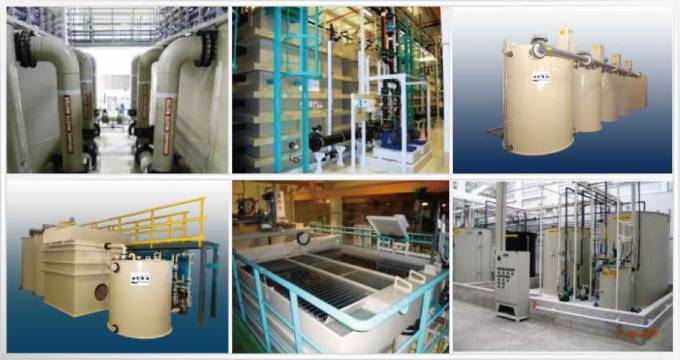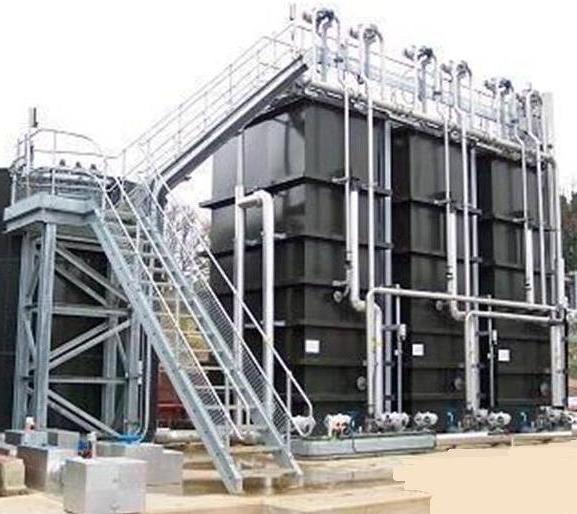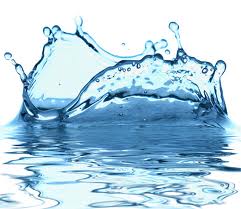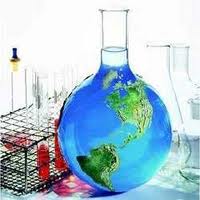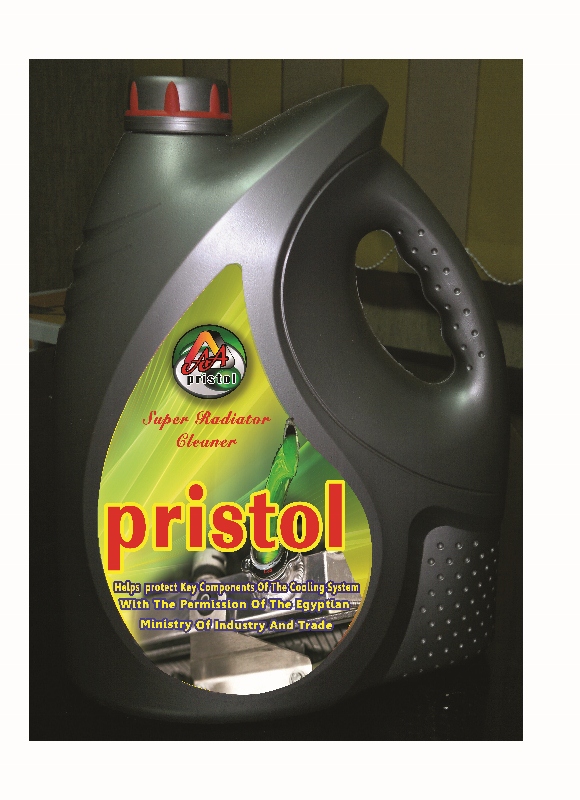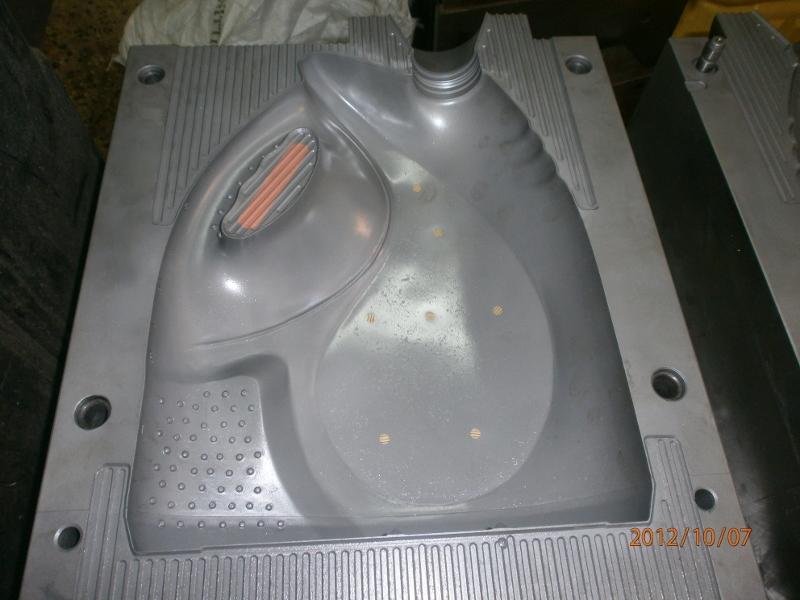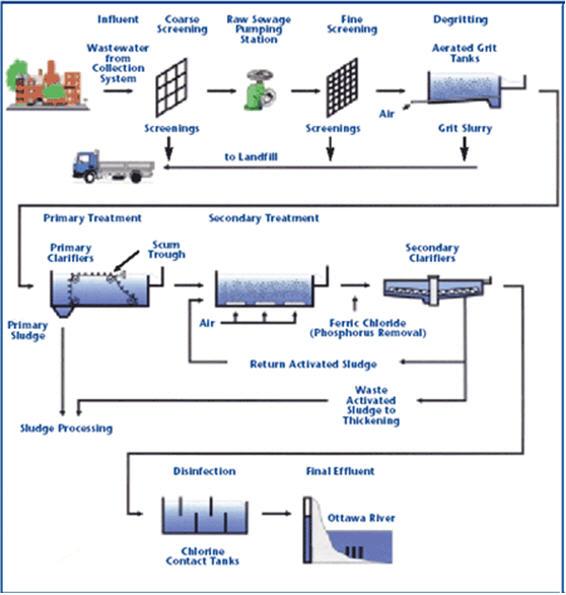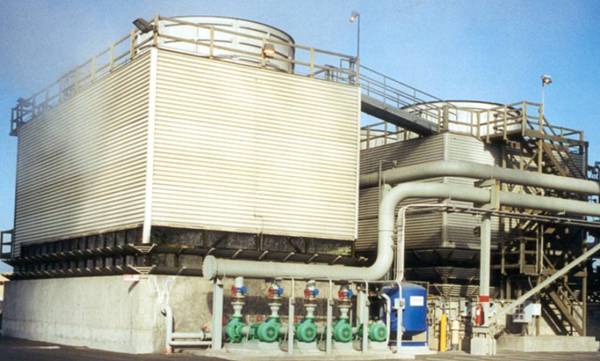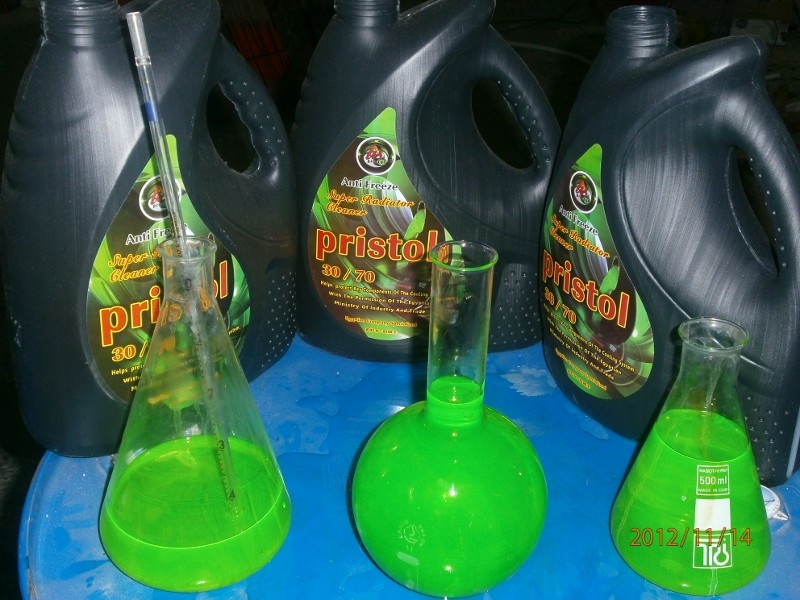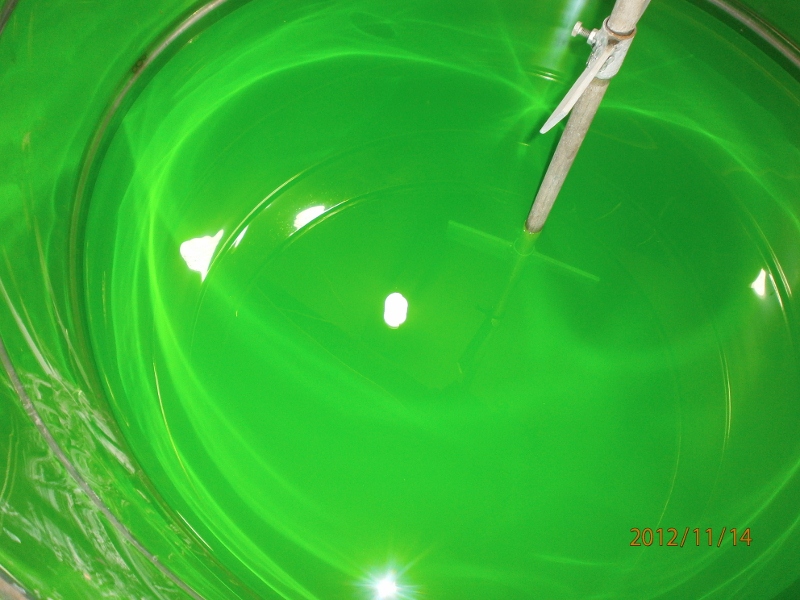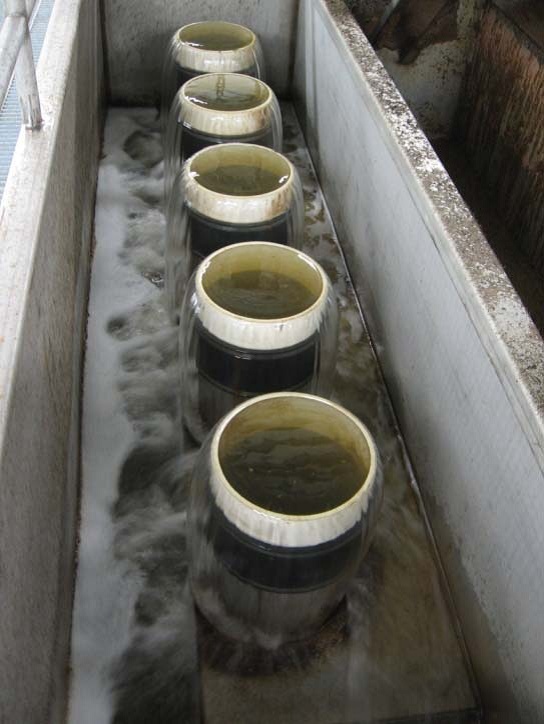Admin
Admin

عدد المساهمات : 3762
تاريخ التسجيل : 15/09/2009
العمر : 57
الموقع : مصر
 |  موضوع: استخدام المعالجة المزدوجة مابين التطويف بالهواء المذاب والمعالجة البيولوجية لمعالجة مياه الصرف الصناعى للصناعات الغذائية والالبان موضوع: استخدام المعالجة المزدوجة مابين التطويف بالهواء المذاب والمعالجة البيولوجية لمعالجة مياه الصرف الصناعى للصناعات الغذائية والالبان  السبت مارس 10, 2012 6:26 am السبت مارس 10, 2012 6:26 am | |
| Use of Coupled Biological/Dissolved Air Flotation Processes
for Treatment of Food and Dairy Processing Wastewaters,
BY
GENERAL.DR
BAHAA BADR
TECHNOLAB EL-BAHAA GROUP
ABSTRACT
Over the last ten years, there has been an increased interest in the use of dissolved air flotation (DAF) for
clarifying solids from biological systems in lieu of traditional gravity clarifiers.
There are advantages and
disadvantages to using DAF in these applications, and there are specific design considerations in the
successful implementation of the technology.
KEYWORDS
dissolved air flotation, DAF, clarification, activated sludge, industrial wastewater, food processing
INTRODUCTION
Dissolved air flotation (DAF) is a relatively common wastewater treatment technology that has been used for
everything from biological solids thickening at POTWs to providing primary clarification for surface water
treatment to removing suspended solids (TSS) and oil and grease (O&G) from industrial wastewater.
However, in recent years DAF has also been proven effective in the clarification of biological solids from
aerobic and anaerobic treatment systems.
Most biological systems using DAF for biosolids clarification todate
have been for industrial wastewater treatment although there are some applications by municipalities for
algae removal and secondary clarification of aerobic processes.
Basically, DAF can be used wherever a traditional gravity or hydraulic clarifier is used for biosolids
clarification. Biological treatment systems compatible with DAF clarification include:
• Activated sludge
• Extended aeration
• Aerobic moving bed biological reactors (MBBR)
• Aerobic lagoons
• High-rate anaerobic systems with poor sludge granulation
• Contact anaerobic reactors
• Anaerobic lagoons
PROCESS DESCRIPTION
DAF process
DAF is a relatively simple technology that uses fine air bubbles to float attached solids particles to the
surface of a flotation cell for removal from a wastewater stream.
DAF units are typically circular or
rectangular in shape and consist primarily of a flotation cell with a float removal device
skimmer), a bottoms settling chamber (skimmer or auger), and an air saturation or whitewater system to
produce the fine air bubbles needed to float solids.
Typical rectangular DAF system
Comparison of DAF with gravity clarification
The main reasons for considering DAF over gravity clarification include:
• Smaller footprint. A DAF system sized for a given hydraulic and solids loading will typically take up
40-60% less space than a comparable gravity clarifier.
• Lower installed cost. Given the smaller footprint requirement, the installed cost of a DAF is typically
less than a comparable gravity clarifier. However, it is generally recommended that a DAF be
housed in a building or under a rain cover which may decrease the cost advantage somewhat.
• Higher mixed liquor suspended solids (MLSS). Gravity clarifiers can become rate limited when the
TSS of the incoming stream exceeds 2,500 mg/L. This is not a problem for DAF systems which can
handle TSS concentrations in excess of 10,000 mg/L as long as the units are designed for the solids
loading.
• Bulking solids. A frequent problem with activated sludge systems, particularly those providing
treatment of industrial wastewater, is the formation of bulking solids that have poor settling
characteristics
This is a common problem with industrial treatment systems that
have highly variable F:M ratios or other factors that lead to the prevalence of filamentous organisms.
• Product TSS and O&G. A DAF system is more capable of removing process TSS and O&G that
may pass through a biological system, which is more common with industrial systems.
Gravity
clarifiers tend to have difficulty with high concentrations of O&G or product solids with poor settling
characteristics.
• Higher solids sludge production.
A DAF providing clarification in an activated sludge process will
produce a sludge with a solids content in the 2-5% TS range. Compared to the sludge from a gravity
clarifier (0.5-1.5% TS), the sludge volume generated by a DAF will typically be 1/4th to 1/10th of the
volume generated by a gravity clarifier.
There are some drawbacks to using a DAF over gravity clarification:
• More energy intensive. DAF requires a high pressure pump to provide a whitewater stream (air-inwater
solution) while a gravity clarifier does not require any recycle pumping or the attendant
electrical usage.
• Chemical requirements. Biological solids separation requires the use of a chemical flocculent
(polymer) at doses of 2-15 ppm, typically in the range of 4 ppm, while most gravity clarifiers do not
normally require the use of chemical settling aids.
• More operator intensive. As indicated above, a DAF system has more mechanical components that
require more operator management and maintenance. Pumps must be serviced and chemical
addition must be monitored.
Design considerations
There are some basic design considerations for DAF clarification of biological solids.
These are somewhat
specific to the type of biological solids being clarified and the effluent quality required.
For example,
solids
loading for a DAF treating an anaerobic effluent may be slightly different than that for an activated sludge
system.
Bench-scale or pilot-scale testing would be helpful in determining optimum solids and hydraulic
loading rates.
Also, most industrial treatment systems discharge to a POTW and are not required to provide
effluent quality beyond that for normal sanitary flows.
However, typical design considerations for a DAF providing clarification in an activated sludge system
include:
• Flocculation. As indicated above, DAF clarifiers typically require polymer addition to flocculate the
biological particles prior to flotation. This is accomplished through the use of a flocculation tank with
a mixer (usually variable speed) or a flocculation tube, a serpentine pipe with static mixing elements.
• Hydraulic loading. Most DAF systems have a hydraulic loading range of 1-5 gpm/ft2 of actual
surface area.
• Solids loading. A typical range for biological solids loading on a DAF is in the range of 3-4 lbs
TSS/ft2 of actual surface area.
• Air-solids ratio. A-S ratio of 0.0001 to 0.001 lb air/lb TSS is typically needed to float flocculated
biological solids in a DAF. A variety of factors including sludge age and the flocculent used will affect
the A-S needed.
Figure 2. Gravity clarifier with bulking activated
sludge
Figure 3. DAF clarifier with same bulking
activated sludge
CASE STUDIES
The following case studies are for industrial applications where the pretreatment system discharge goes to a
POTW.
The systems were designed and operated in order to provide discharge effluent quality to meet
permit surcharge limits, generally in the range of untreated sanitary wastewater.
Case Study
1- Activated sludge system coupled with DAF clarification for dairy processor
A new dairy production facility needed a wastewater pretreatment system in order to meet local sewer
discharge limits.
The design requirements called for a system to be capable of treating BOD, TSS, and O&G
concentrations of 910, 460, and 500 mg/L, respectively, with a design flow of 68,000 gpd.
The system was
tasked with meeting an effluent BOD, TSS, and O&G concentrations of 300, 300, and 100 mg/L,
respectively. In order to reduce the operational complexity of the treatment facility, the dairy desired to
provide treatment in a single process and avoid the use of pretreatment (i.e., DAF) followed by biological
treatment to meet these effluent goals.
To meet this requirement, the system was designed to include fine screening to remove trash and product
solids from the incoming wastewater followed by an aeration tank with a DAF to provide clarification of
aerobic biological solids and product TSS and O&G that may pass through the aeration tank untreated
DAF was chosen for clarification since it is frequently used for the removal of product TSS and
O&G , and to handle bulking biological solids that would not settle in a gravity clarifier.
The aeration tank
was sized to provide equalization volume to handle variability in plant flow, and the aeration system was
sized to handle the combined organic loading from the incoming wastewater and the returned sludge (RAS)
from the DAF clarifier.
Table 1. Treatment efficiency of activated sludge/DAF system
at dairy processing facility
Parameter Aeration
Tank
Influent
Aeration
Tank
Effluent
DAF
Effluent
% Removal
BOD, mg/L 1,990 na 27 99%
TSS, mg/L 750 4,000 12 99% 1
TS, % na na 3 na
1 DAF clarifier MLSS capture efficiency from Aeration Tank effluent
Case Study 2-
High-rate anaerobic effluent clarification
A beverage plant was having difficulty meeting discharge permit limits on TSS while discharging effluent from
a high-rate anaerobic process (UASB).
The effluent from the anaerobic reactor had high concentrations of
biological solids which were not being retained by the internal clarifiers in the reactor, leading to permit
violations by the plant and higher COD and TSS surcharges from the municipality.
Since the solids tended
to float, DAF was evaluated as a means of clarification prior to discharge to the sewer.
After successful pilot testing, a full-scale DAF system was installed to remove the anaerobic biosolids.
The
anaerobic effluent was conditioned with a coagulant (ferric chloride) and flocculent (anionic polymer) in a
flocculation tank prior to flotation in the DAF .
The DAF has a surface area of 100 ft2
handling an average flow of 200 gpm.
As indicated in Table 2,
the DAF successfully removed 82% of the biological solids providing an effluent
quality well within permit limits.
Sludge from the unit was typically in the 8% TS range and was disposed of
by land application.
An additional benefit was the removal of Ortho-phosphate (84%) which also reduced the
plant’s surcharge costs.
Table 2. Treatment efficiency of DAF clarification
of anaerobic effluent
Parameter Influent 1 Effluent
%
Removal
COD, mg/L 1,110 365 67%
TSS, mg/L 716 127 82%
Ortho-P, mg/L 92 14 84%
TS, % Na 8 na
1 Anaerobic system effluent
Case Study 3-
Activated sludge clarification at a snack food plant
A snack food processor was required to provide additional BOD removal downstream of an existing
pretreatment system in order to meet more stringent effluent requirements by the local POTW .
An
activated sludge process was originally selected with a conventional gravity clarifier and a belt press to
dewater the biological solids prior to disposal in a landfill.
When landfilling the solids was dropped as a
disposal option, the plant elected to use DAF clarifiers in lieu of the gravity clarifier in order to clarify
biological solids and thicken the waste sludge in a single process.
This would allow the plant to generate a
sludge volume roughly 80% less than that generated by a gravity clarifier.
Moreover, a high-rate aeration tank operating with a high MLSS (up to 5,000 mg/L) was required in order to
fit the system in the allotted space.
This also posed a problem with using a gravity clarifier which could not
reliably handle such a solids load and would be more susceptible to bulking solids from a highly variable
wastestream and F:M ratio.
This also confirmed the need to use a DAF process for clarification since it could
handle the high MLSS stream and bulking solids from the aerated tank.
Two DAF clarifiers, each with a surface area of 350 ft2 , were installed to handle a future peak flow of 1.0
MGD with a MLSS of 5,000 mg/L. Effluent from the aerated tank was split to two separate DAF trains which
also include flocculation tanks for the addition of a cationic polymer
The plant typically
operated a single DAF unit since the actual flow averaged 0.6 MGD at that time.
As indicated in Table 3, the DAF system typically provided a clarified effluent with average TSS
concentrations of 56 mg/L and COD levels of 91 mg/L, both of which were well below the 250 mg/L and 500
mg/L permit targets for TSS and COD, respectively.
Sludge from the system was typically in the 2.5-4.0%
TS range, just at the maximum thickness that a third-party service could land apply.
This sludge solids
concentration significantly reduced the volume of sludge hauled for land disposal and the operating
horsepower of pumps returning the sludge (RAS) to the aeration tank and subsequent hydraulic loading on
the system.
Table 3. Treatment efficiency of activated sludge/DAF system
at a snack food plant
Parameter Aeration
Tank
Influent
Aeration
Tank
Effluent
DAF
Effluent
% Removal
COD, mg/L 2,182 na 91 96%
SCOD, mg/L 1,205 na 67 94%
TSS, mg/L 452 4,479 56 99% 1
TS, % na na 3 na
1 DAF clarifier MLSS capture efficiency from Aeration Tank effluent
CONCLUSIONS
Dissolved air flotation has been successfully used to clarify biological solids from a variety of aerobic and
anaerobic wastewater treatment systems.
In general, the systems generated relatively high solids sludge
and very good effluent quality that consistently met permit effluent requirements for sewer discharge.
This
indicates that DAF is a suitable alternative to traditional gravity or hydraulic clarifiers for biological solids
clarification.
Moreover, in all of the case studies presented, gravity clarification was not an option, and DAF
was the only technology that could meet the performance requirements for those applications.
| |
|
Admin
Admin

عدد المساهمات : 3762
تاريخ التسجيل : 15/09/2009
العمر : 57
الموقع : مصر
 |  موضوع: صور وحدات المعالجة البيولوجية والداف موضوع: صور وحدات المعالجة البيولوجية والداف  السبت مارس 10, 2012 6:42 am السبت مارس 10, 2012 6:42 am | |
| Figure 1. Typical rectangular DAF system
Figure 2. Gravity clarifier with bulking activated
sludge
Figure 3. DAF clarifier with same bulking
activated sludge
Figure 4. High-rate activated sludge system with DAF clarifier for dairy processing facility
Figure 5. Anaerobic effluent in flocculation
tank
Figure 6. DAF clarifier with flocculation
tank treating anaerobic effluent
Figure 7. Aerated tank effluent
in flocculation tank prior to DAF
Figure 8. DAF providing clarification of aerated tank
effluent
Figure 9. Effluent from DAF providing
clarification of aerated tank mixed
liquor | |
|
Admin
Admin

عدد المساهمات : 3762
تاريخ التسجيل : 15/09/2009
العمر : 57
الموقع : مصر
 |  موضوع: صور وحدات المعالجة البيولوجية والداف2 موضوع: صور وحدات المعالجة البيولوجية والداف2  السبت مارس 10, 2012 7:01 am السبت مارس 10, 2012 7:01 am | |
| | |
|


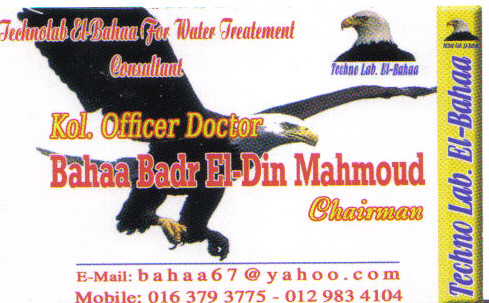









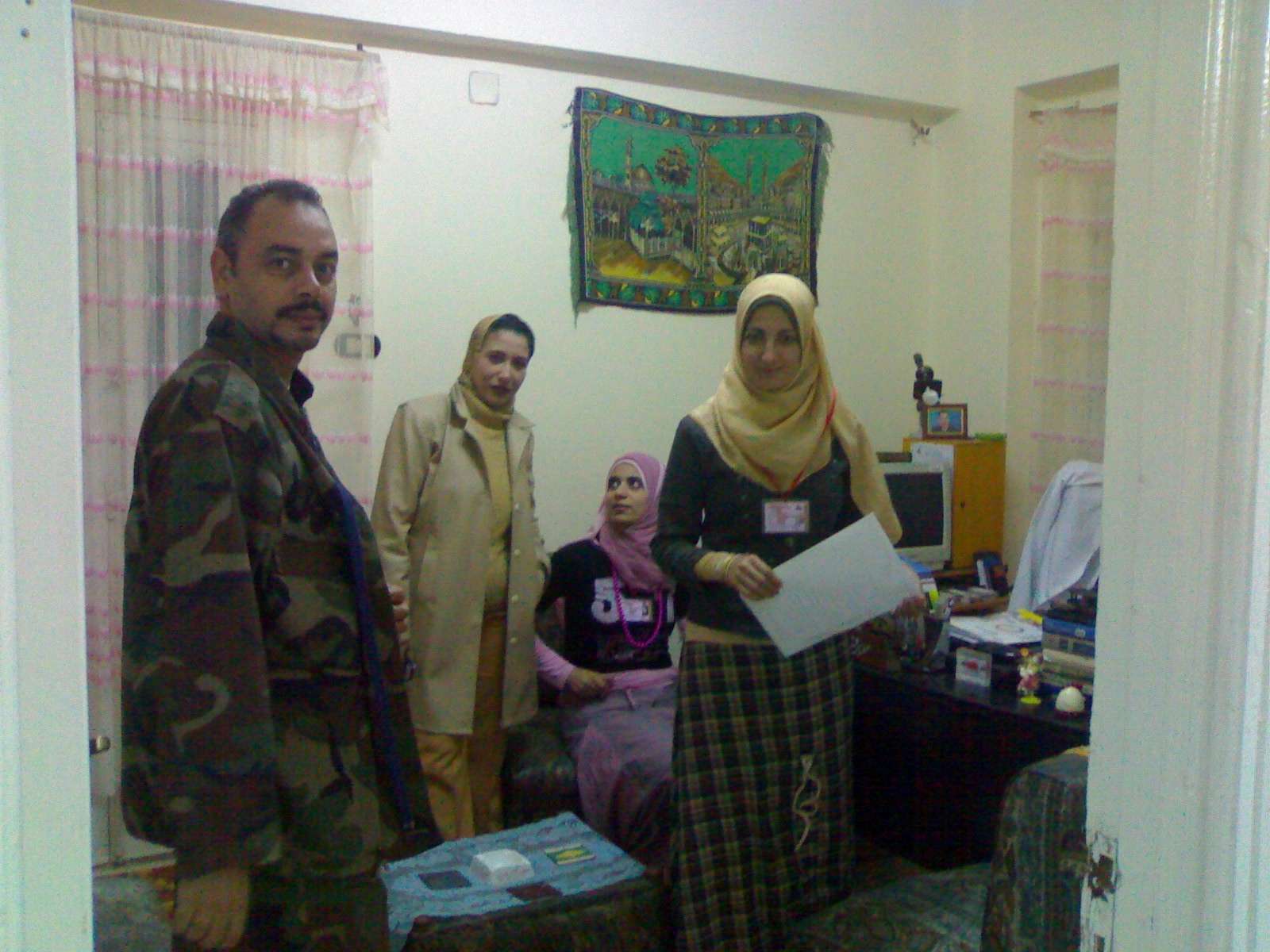
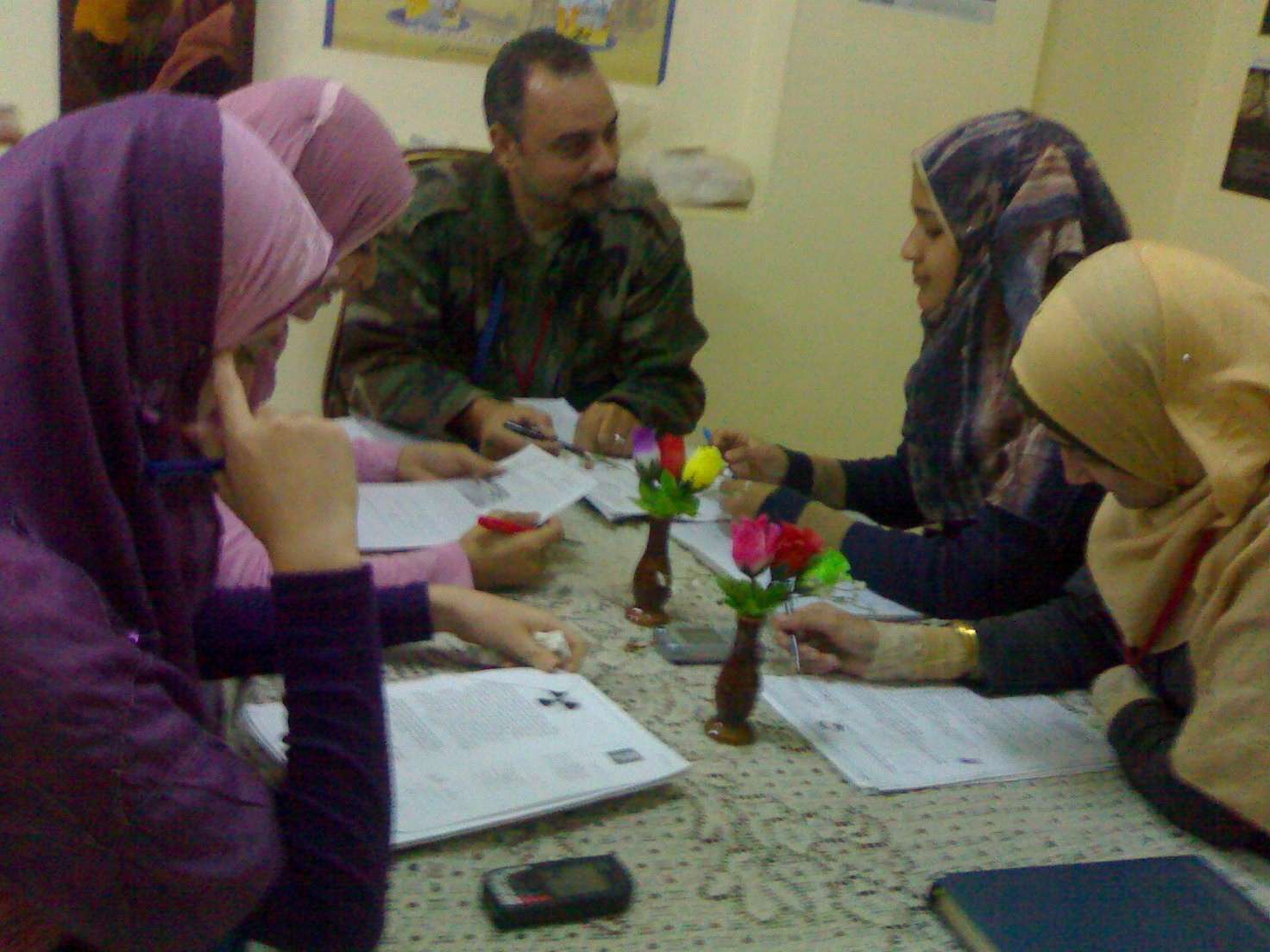
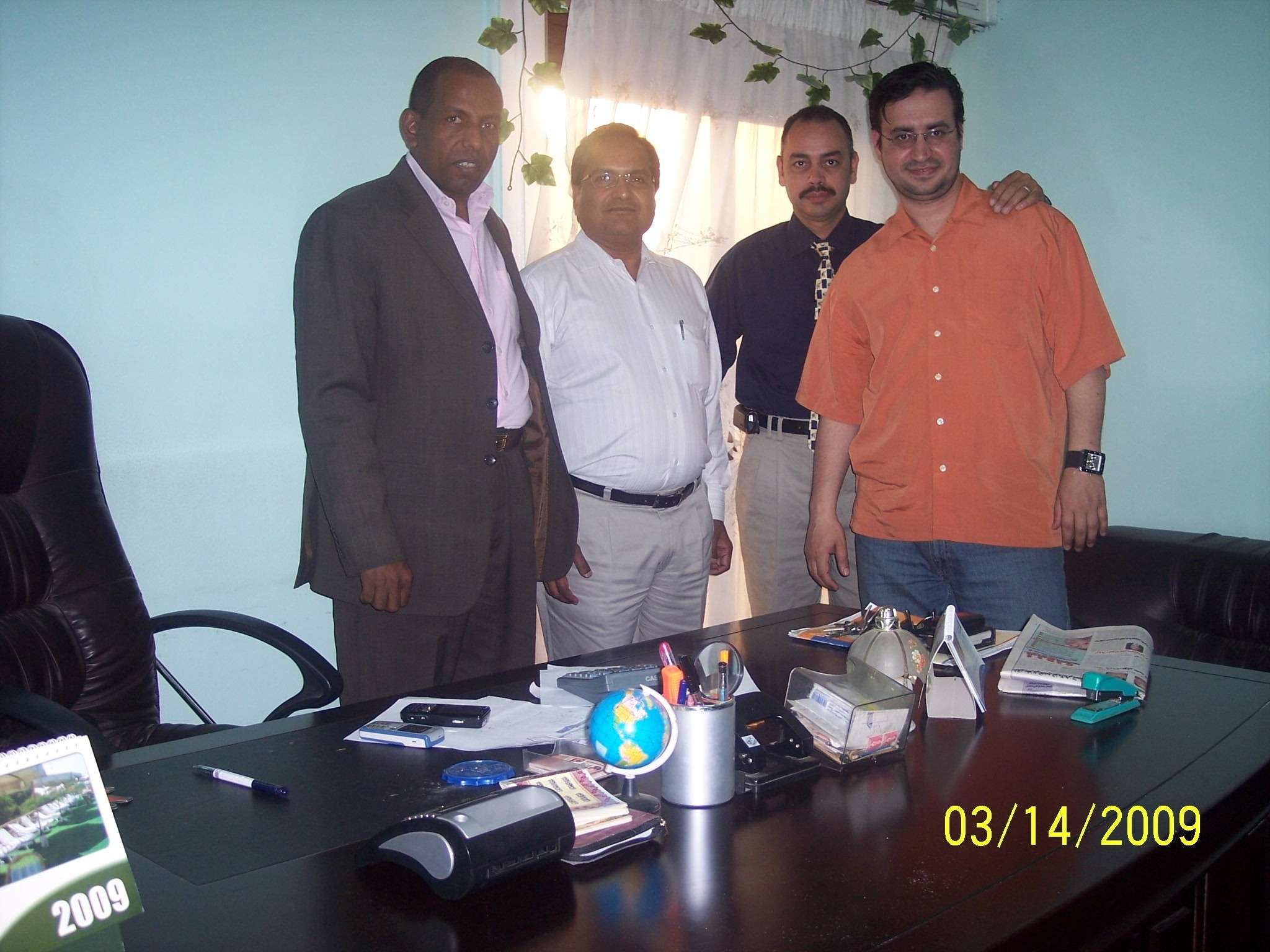
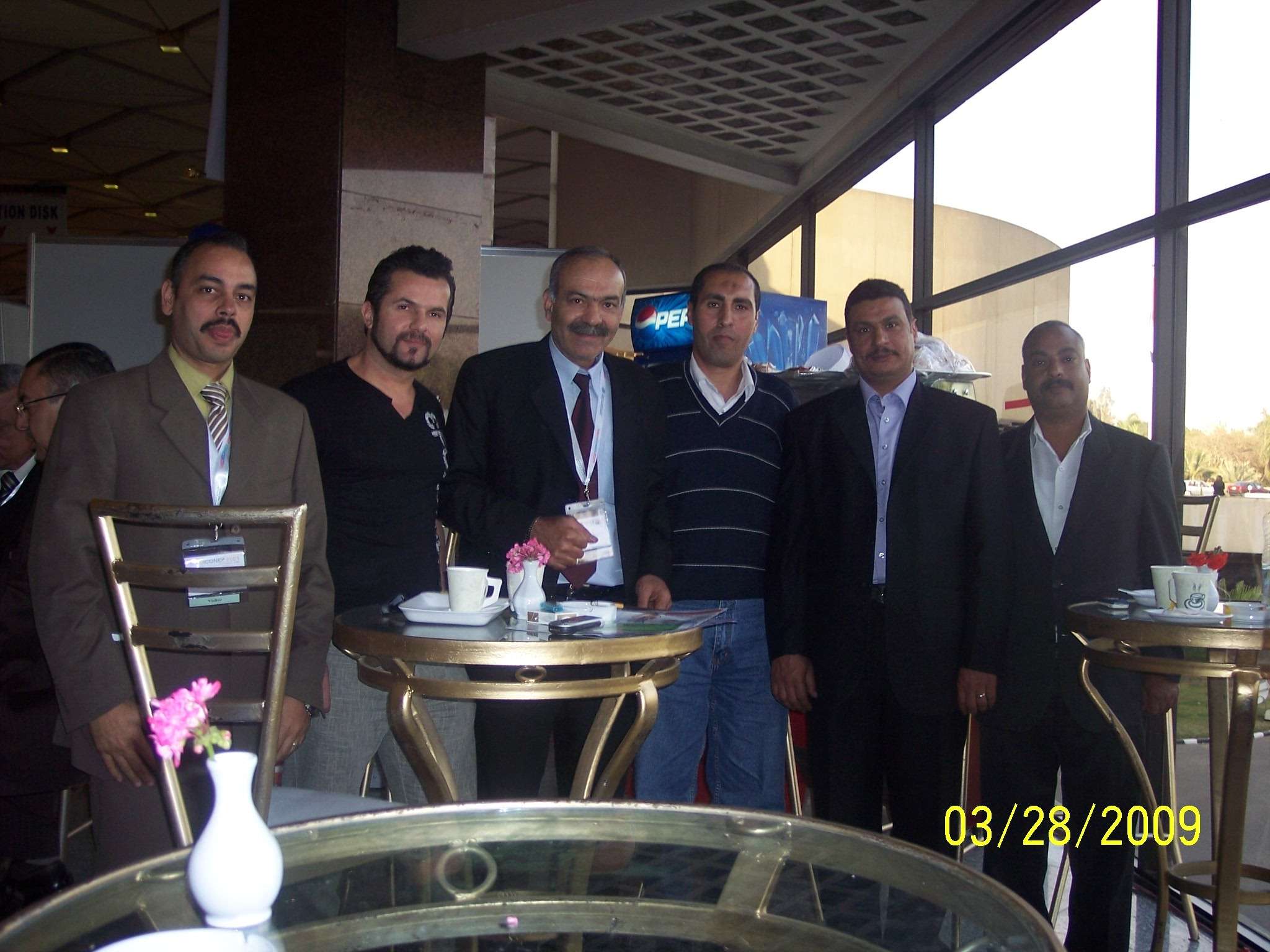


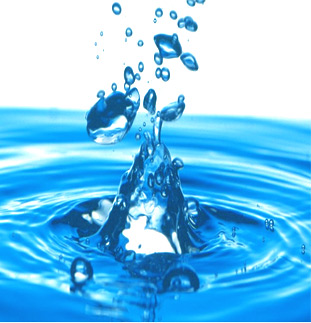



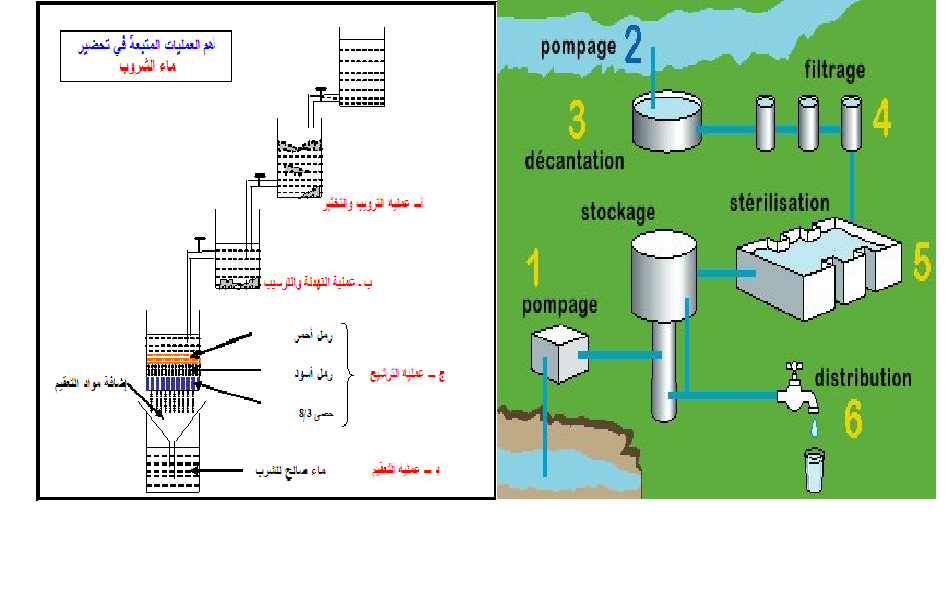








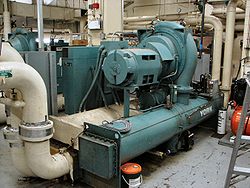
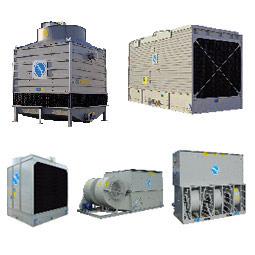
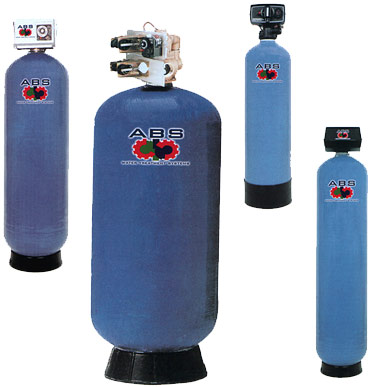
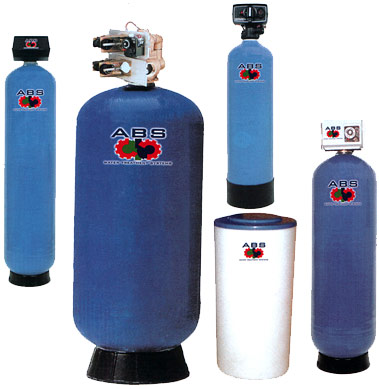





![[MSF+3.jpg]](https://2img.net/h/4.bp.blogspot.com/_SynCnHGx75g/Shl2T3oVhsI/AAAAAAAAAEY/_7oem5pvQ3I/s1600/MSF%2B3.jpg)

